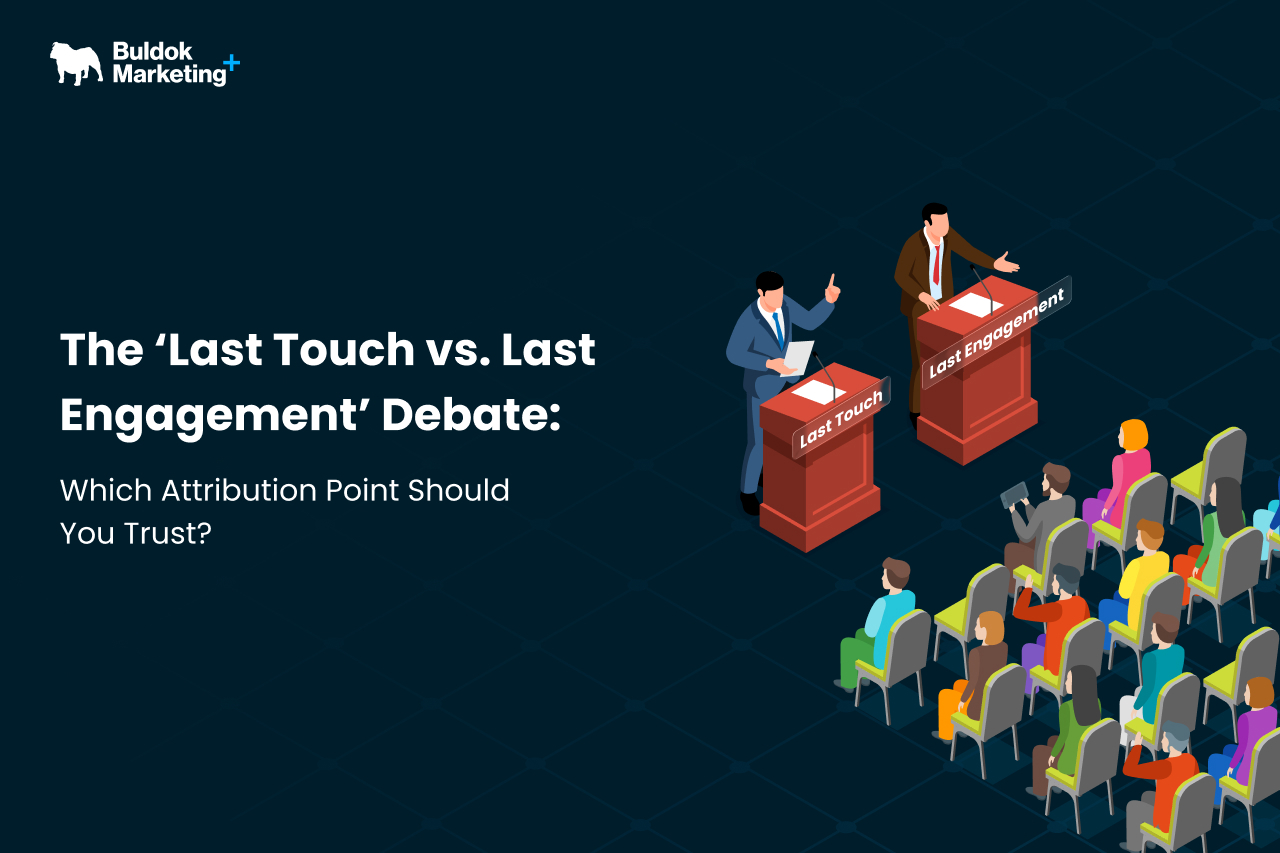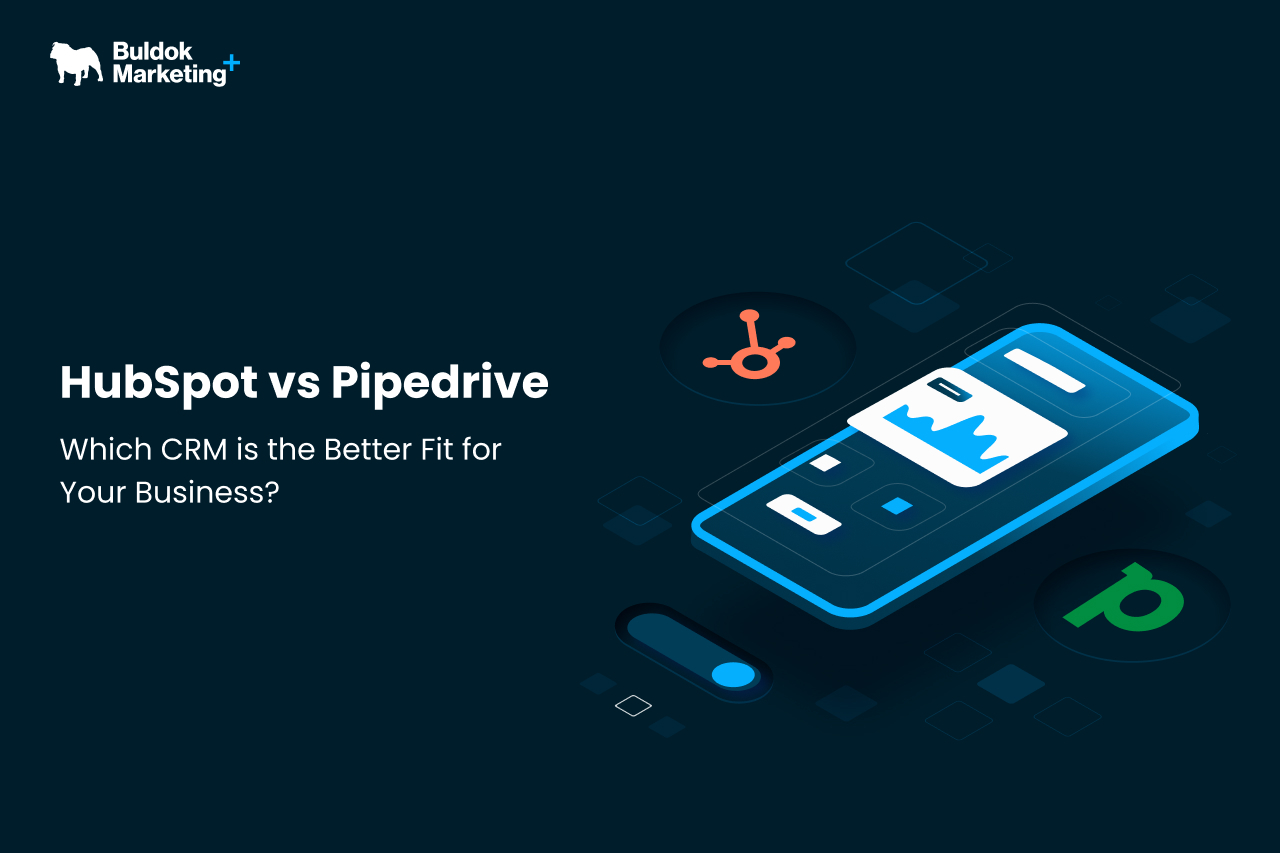Inbound marketing tends to be more effective than its outbound counterpart, and here's why:
- It attracts high-quality leads by offering valuable content.
- This approach builds trust and nurtures long-term customer relationships.
You might be wondering how effective it really is. Well, the article backs this up with some eye-opening statistics that show inbound methods deliver significantly higher ROI and engagement rates. Plus, it points out how traditional outbound tactics are losing their punch in today’s market. Isn't that interesting?
Introduction
In the world of marketing, there's a big decision to make: should you lean into the subtle charm of inbound marketing or go for the quick punch of outbound marketing? Inbound marketing is all about drawing customers in with valuable content and genuine engagement, which helps build long-lasting relationships and trust. On the flip side, outbound marketing relies on traditional methods to broadcast messages to a wide audience, aiming for that instant visibility and immediate leads.
As businesses explore these different strategies, it’s crucial to understand the benefits and challenges each brings, along with the trends shaping the future of marketing. With insights from effective case studies and metrics, companies can customize their strategies to drive sustainable growth and boost customer engagement in a competitive marketplace.
So, what do you think? Are you ready to dive deeper into these marketing strategies?
Understanding Inbound and Outbound Marketing: Definitions and Key Concepts
With inbound marketing, we're diving into a strategic approach that focuses on attracting customers through valuable content and experiences tailored just for them. This method emphasizes creating high-quality content that pulls potential customers in through various channels like blogs, social media, and search engine optimization (SEO). Inbound marketing not only encourages interaction but also builds trust and credibility over time, making it a sustainable strategy for long-term growth.
On the flip side, outbound marketing involves actively pushing messages to a broad audience using traditional methods like TV ads, cold calling, and direct mail. While the goal here is immediate engagement, this approach often gets a bad rap for being intrusive and less effective with today’s savvy buyers. In fact, recent stats reveal that outbound methods are losing favor, with many marketers reporting dwindling returns on investment.
Understanding these definitions is key to evaluating how effective each method can be in the inbound vs outbound landscape. For instance, organizations that maintain blogs see a staggering 97% more links shared to their sites compared to those that don’t, showcasing the power of inbound strategies. Plus, 55% of decision-makers cite blogs as their go-to content approach, leading to an impressive 13 times greater return on investment (ROI) from content initiatives.
As we look ahead to 2025, the marketing landscape keeps evolving. Current trends indicate that video ad spending is set to soar past $191 billion in 2024 and could exceed $240 billion by 2028. A whopping 92% of video marketers confirm that video advertising delivers a solid ROI. And let’s not forget TikTok, which raked in $4 billion in ad revenue in 2022, with projections to double by 2024—highlighting the growing importance of digital platforms in marketing strategies.
This shift underscores the need to weave incoming approaches, like video content, into marketing plans to boost engagement and effectiveness. As Facebook points out, people are 1.5 times more likely to watch videos daily on their smartphones than on a computer, further emphasizing the need for companies to adapt to changing consumer habits.
In summary, the key takeaways from inbound vs outbound marketing reveal distinct differences in strategy and effectiveness. As businesses navigate these approaches, leveraging the strengths of inbound marketing while being mindful of the downsides of outbound methods will be crucial for achieving lasting growth and customer engagement. Buldok Marketing, a proud HubSpot Platinum Partner, exemplifies how effective attraction strategies can meet business goals and deliver measurable results.
Want to learn more about how Buldok Marketing can help your business thrive with tailored marketing solutions? Don’t hesitate to reach out for a free consultation today!
Advantages of Inbound and Outbound Marketing: What Each Strategy Offers
Inbound marketing comes with a host of benefits. It’s cost-effective, generates higher-quality leads, and helps build stronger relationships with customers. This approach usually results in a better return on investment (ROI) because it attracts customers who are already interested in what you’re offering. In fact, companies that focus on these internal strategies often see a noticeable uptick in engagement and loyalty, thanks to the valuable content they provide that really resonates with their audience.
Now, here’s a fun fact: 80% of clients will only download apps from businesses they know and trust. This really underscores the importance of building trust through inbound strategies.
On the flip side, outbound marketing can provide quick results and broad brand exposure, making it a powerful tool for generating immediate awareness and leads. A well-executed outbound campaign can significantly boost visibility in a competitive landscape, especially during new product launches. For instance, recent data shows that 90% of internet users come across paid ads in Google search results. Businesses using Google Ads typically earn about $8 for every $1 spent, which is pretty impressive!
This really highlights how effective outbound tactics can be when done thoughtfully. Take the case study titled "PPC Statistics for 2025"; it showcases the impact of Pay-Per-Click advertising on brand awareness and conversion rates.
Furthermore, while inbound marketing focuses on gradually developing leads, outbound marketing can widen the net. As Hilal Çökeli points out, '77% of internet users consistently read at least one company blog, and 79% of businesses with a blog report a positive ROI.' This really emphasizes how attracting customers through content is effective. Plus, did you know it takes about half a second for visitors to form an opinion about a website? If the content or layout isn’t appealing, 38% of them will stop engaging right away!
This really brings to light the importance of user experience when discussing inbound versus outbound approaches, especially regarding attracting and keeping customers. As companies navigate the ever-evolving marketing landscape in 2025, understanding the strengths of both inbound and outbound strategies will be crucial for optimizing their advertising efforts and achieving sustainable growth.
Challenges of Inbound and Outbound Marketing: Navigating Common Obstacles
Inbound marketing in 2025 comes with its fair share of challenges that advertisers need to navigate. One big hurdle? The time it takes to build momentum and attract leads. This can be pretty frustrating for teams eager to see immediate results. Plus, the need for continuous content creation and optimization can really stretch resources and creativity.
Now, let’s not forget about outbound marketing—it has its own set of challenges. The high costs associated with traditional advertising methods can scare off many businesses, especially when the results are uncertain. And measuring the effectiveness of outbound campaigns? That’s no walk in the park either, as marketers often struggle to connect their efforts to tangible outcomes.
A noteworthy statistic shows that 34% of consumers find 'too much self-promotion' a major turn-off on social media. This highlights a growing resistance to traditional advertising methods. As a result, engagement rates are dropping, making it increasingly tough for outbound approaches to make a connection.
Experts have weighed in on these difficulties too. For example, Anna James, Work Innovation Analytics Lead at Asana’s Work Innovation Lab, points out that marketers are facing high levels of digital burnout due to using fragmented tools and systems. This fragmentation can hinder the efficiency of both inbound and outbound approaches, as marketers grapple with disconnected processes.
Case studies shed light on these challenges as well. Research shows that 57% of B2C companies struggle to create appealing content, while 61% of B2B companies find it tough to produce content tailored to different stages of the buyer journey. These numbers really illustrate the broader challenges marketers face in crafting messages that resonate with their target audiences.
But don’t worry—effective strategies can emerge from understanding these challenges. Take PureGym, for example. They attract users by offering free exercise guides, no membership required. This creates a positive experience that draws in their target audience. It’s a great reminder that companies can connect successfully, even when faced with obstacles in outbound marketing.
Understanding these difficulties is crucial for advertisers looking to create effective plans that leverage promotional techniques in the context of inbound versus outbound strategies. By tackling these obstacles head-on, businesses can boost their operational efficiency and enhance customer engagement. With HubSpot's Service Hub, a comprehensive customer service solution, Buldok Marketing can turn clients into enthusiastic promoters.
The features of HubSpot Service Hub, like streamlined communication and integrated support tools, ensure a seamless integration of sales and customer support, paving the way for sustainable growth.
Measuring Effectiveness: Key Metrics for Inbound and Outbound Marketing
To effectively assess how well your promotions are doing, it’s important to keep an eye on key metrics like website traffic, lead conversion rates, and customer engagement levels. Tools such as Google Analytics can be a game-changer here, allowing marketers to track these metrics over time and gain valuable insights into user behavior and campaign performance.
Now, did you know that 88% of small businesses are keeping tabs on their online reputation? This highlights just how important it is to observe metrics, especially when comparing inbound versus outbound marketing strategies. The effectiveness of these strategies often comes down to metrics like reach, impressions, and response rates. While it can be a bit tricky to monitor the ROI of outbound campaigns, metrics like cost per acquisition (CPA) and customer lifetime value (CLV) are essential for understanding the financial impact of these efforts.
For example, companies that take the time to evaluate their outbound marketing results can pinpoint which channels yield the best returns. This insight allows them to allocate resources more effectively.
Looking ahead to 2025, the marketing landscape is constantly evolving. It’s crucial for marketers to refine their strategies based on these metrics. With privacy concerns on the rise—80% of consumers believe they should have more control over how companies use their data—marketers need to adapt by exploring first-party and zero-party data collection methods. This shift not only boosts customer confidence but also enhances the accuracy of engagement metrics, leading to more effective promotional campaigns.
Plus, leveraging AI tools for metrics analysis can really streamline the process. They offer clearer insights and save professionals valuable time, which is a huge win for continuously improving promotional strategies.
The Hybrid Approach: Combining Inbound and Outbound Marketing for Optimal Results = Allbound Marketing
A combined marketing method effectively integrates the advantages of both inbound and outbound techniques, helping companies enhance their reach and influence. For instance, a company might use outbound strategies like targeted ads to drive instant traffic to valuable content that’s meant for inbound marketing. This strategic synergy not only boosts lead generation but also fosters deeper customer engagement, leading to a more comprehensive approach.
Unlocking growth with HubSpot Marketing Hub allows businesses to manage all their online marketing from one spot. With its handy tools, organizations can connect with the right audience and generate qualified leads, while automated lead nurturing adds an extra layer of advantage. Current trends suggest that hybrid approaches are becoming increasingly essential. In fact, 2025 data shows that organizations using a mix of inbound and outbound tactics achieve notably higher engagement rates.
Did you know that companies effectively integrating these approaches report a 30% increase in lead conversion rates compared to those relying solely on one method? That’s a significant boost!
Case studies really illustrate the importance of this integrated approach. For example, brands that have successfully adopted omnichannel strategies have seen increased customer loyalty and satisfaction. By delivering consistent messaging and personalized experiences across various channels, these brands build stronger relationships with their audiences, ultimately driving sales.
The case study titled "The Importance of Omnichannel Marketing" highlights how an integrated customer experience can significantly enhance brand loyalty and sales outcomes.
Creating high-quality, niche content is also crucial for standing out in a crowded market and effectively reaching target audiences. This emphasis on quality material is essential in both inbound and outbound strategies, ensuring that promotional efforts resonate with prospective clients.
In summary, merging marketing approaches in inbound and outbound strategies not only prepares businesses for success in 2025 but also equips them to tackle the challenges of the contemporary digital landscape. Successful examples of hybrid marketing campaigns show that this approach is vital for achieving sustainable growth and maintaining a competitive edge, especially when leveraging the comprehensive solutions offered by Buldok as a HubSpot Platinum Partner.
Choosing the Right Strategy: Factors to Consider for Your Business
When you're weighing the options between inbound and outbound marketing strategies, it’s important to consider a few key elements—like your target audience, budget constraints, and your overall marketing goals. For example, businesses that focus on long-term growth and building brand loyalty often find that inbound strategies yield better results. This approach not only boosts customer engagement but can also significantly increase conversion rates. Research shows that inbound methods can elevate website conversion rates from 6% to 12%—pretty impressive, right?
Now, let’s talk about a case study titled 'Key Takeaways on Inbound Approaches.' It highlights the benefits of inbound strategies, pointing out their higher ROI and how inbound leads tend to be more likely to make a purchase. This underscores the importance of ongoing inbound efforts for keeping your brand visible. On the flip side, if you're after quick results, outbound tactics might be your go-to, as they can generate leads and sales faster. Take influencer marketing, for instance—it surged in popularity in 2022, with 55% of Gen Z buyers considering it a key factor in their purchasing decisions. This shift shows that companies need to adapt their strategies to align with what their audience prefers.
This trend also reflects a change in consumer behavior that outbound marketing methods must take into account. A tailored approach that considers the unique characteristics of your target audience and the specific goals of your marketing campaign is crucial for achieving the best outcomes. As we navigate the complexities of marketing in 2025, understanding the nuances between inbound and outbound approaches will be vital for making informed decisions that drive success.
Ultimately, the decision between these two approaches should stem from a thorough analysis of the factors at play, ensuring that the chosen strategy aligns with your company’s vision and market needs. So, what’s your take on it? Let’s keep the conversation going!
Conclusion
Navigating the marketing landscape in 2025 is all about understanding both inbound and outbound strategies. Inbound marketing really shines when it comes to attracting and engaging customers through valuable content. It helps build trust and loyalty over time, and let’s be honest, it’s cost-effective too! You get higher-quality leads and a better return on investment, making it a must for businesses aiming for sustainable growth.
On the flip side, outbound marketing has its perks, like immediate visibility and broad outreach. This can be super handy during product launches or when you need quick engagement. But, let’s not forget that both strategies come with their challenges. Inbound marketing requires a steady flow of content, which can take time to gain traction. Meanwhile, outbound marketing often gets a bad rap for being intrusive and pricey.
Marketers really need to be on their game when it comes to measuring effectiveness. Using key metrics is essential to assess performance and fine-tune campaigns. Lately, we’ve seen a rise in hybrid marketing - Allbound Marketing, which blends the best of both worlds. This approach has been showing some promising results, boosting engagement and conversion rates.
So, how do you choose between inbound and outbound marketing? It all boils down to a good analysis of your target audience, budget, and specific business goals. By understanding the unique benefits and challenges of each strategy, businesses can tailor their marketing efforts for optimal results. Embracing a hybrid approach not only adds flexibility but also helps companies thrive in our ever-evolving digital landscape.
As the marketing world keeps changing, staying adaptable and informed is key to driving success and building lasting customer relationships. So, what do you think? Are you ready to dive deeper into these strategies and see how they can work for you?
Frequently Asked Questions
What is inbound marketing?
Inbound marketing focuses on attracting customers through valuable content and experiences tailored to them. It emphasizes creating high-quality content that draws potential customers in via channels like blogs, social media, and SEO, fostering interaction, trust, and credibility over time.
How does outbound marketing differ from inbound marketing?
Outbound marketing involves actively pushing messages to a broad audience using traditional methods such as TV ads, cold calling, and direct mail. While it aims for immediate engagement, it is often seen as intrusive and less effective with modern consumers compared to inbound methods.
What are the benefits of inbound marketing?
Inbound marketing is cost-effective, generates higher-quality leads, and builds stronger relationships with customers. It often results in better ROI since it attracts customers who are already interested in the offerings, leading to increased engagement and loyalty.
What statistics highlight the effectiveness of inbound marketing?
Companies that maintain blogs see 97% more links shared to their sites compared to those that don’t. Additionally, 55% of decision-makers consider blogs their preferred content approach, yielding a 13 times greater ROI from content initiatives.
What trends are emerging in the marketing landscape as we approach 2025?
Video ad spending is projected to exceed $240 billion by 2028, with 92% of video marketers confirming solid ROI from video advertising. Platforms like TikTok are also gaining importance, with ad revenue expected to double by 2024.
What advantages does outbound marketing offer?
Outbound marketing can provide quick results and broad brand exposure, making it effective for generating immediate awareness and leads, particularly during new product launches. For instance, businesses using Google Ads typically earn about $8 for every $1 spent.
How important is user experience in inbound versus outbound marketing?
User experience is crucial, as it takes about half a second for visitors to form an opinion about a website. If the content or layout is unappealing, 38% of visitors will stop engaging immediately, emphasizing the need for effective content in inbound strategies.
How can companies effectively combine inbound and outbound strategies?
Companies should leverage the strengths of inbound marketing, such as building trust and engagement, while being mindful of the immediate visibility and lead generation capabilities of outbound methods to optimize their advertising efforts for sustainable growth.




